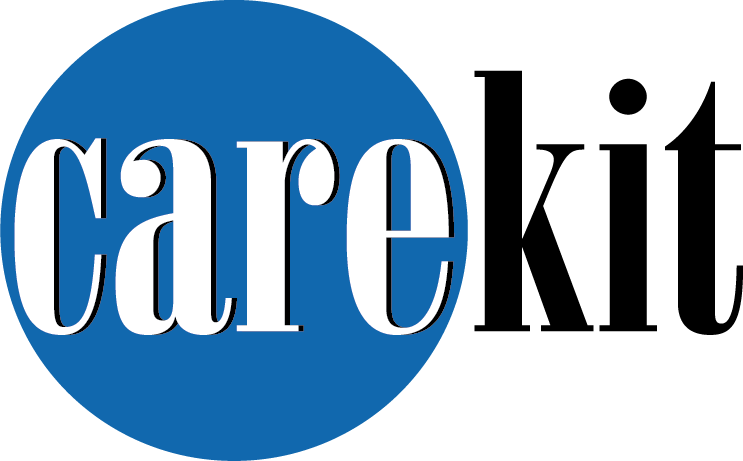Classic approaches to teaching patients in an inpatient setting follow a paternalistic model of care: The nurse provides information to the patient. The patient is then expected to repeat back the information. Outcomes of such education are vague. It is not measureable how this information is absorbed and then utilized post discharge.
The self care coaching model of education is different. Care Kits are essentially self-directed. They have been designed to be user friendly, built on adult learning principles. Rather than “teaching the patients at discharge,” a nurse introduces the kits early in the admission process. The patient becomes familiar with the elements of the kits as daily routine. The learning process teaches the patient to self manage, adopting each tool in the kit at their own pace. The time to teach the patients is minimal.
For example, rather than using a hospital scale, the heart failure patient uses a scale from the kit—which he will take home—to weigh himself (with the assistance of the nurse, if necessary, the first time). He then records the weight in his personal diary from the kit as the nurse enters the information in the medical record. The nurse and patient together look at trends and changes over the course of the hospitalization. This activity models the way the patient will carry out these self care tasks at home.

